It’s easy to spot beautiful palaces when you walk around Seoul, a city that blends modern and traditional Korean cultures. Changdeokgung, a royal palace built in 1405, is among them.
 |
Donhwanum is the main gate of Changdeokgung, the second royal palace built in 1405. (Park Hyun-koo/The Korea Herald) |
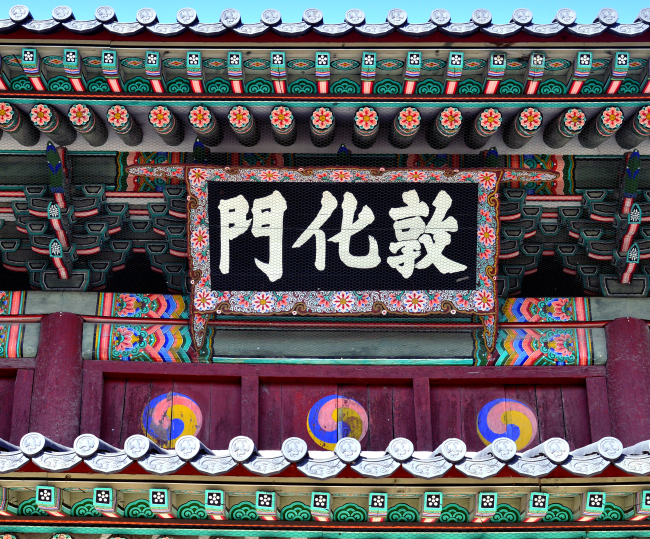
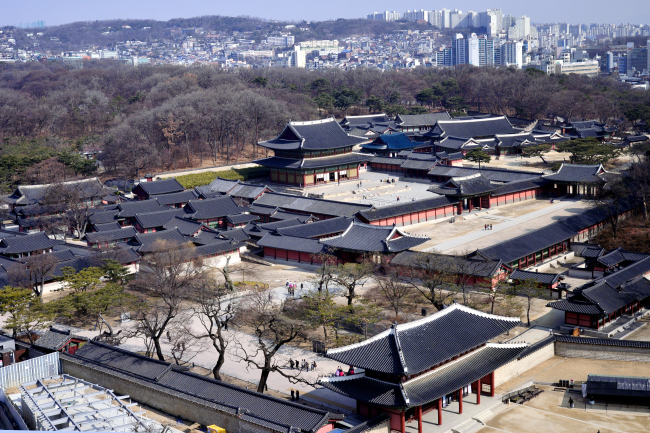 |
The palace Changdeokgung viewed from above. (Park Hyun-koo/The Korea Herald) |
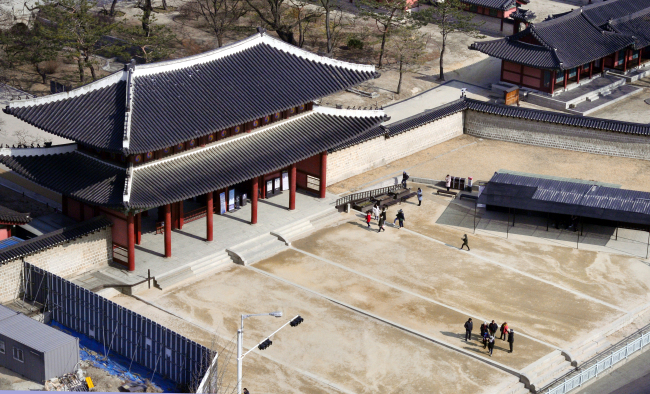
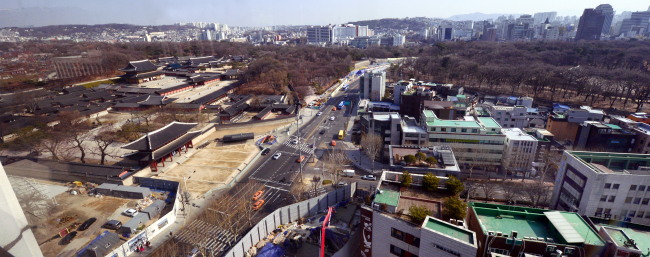
 |
Visitors clad in traditional Korean hanbok take pictures in front of Donhwamun. (Park Hyun-koo/The Korea Herald) |
The main gate of the palace, Donhwamun, was used by Joseon kings on their way to meet commoners outside the palace. The 1-kilometer-long street that stretches from the gate to Jongno 3-ga is called Donhwamunro, or sometimes “King’s Street.”
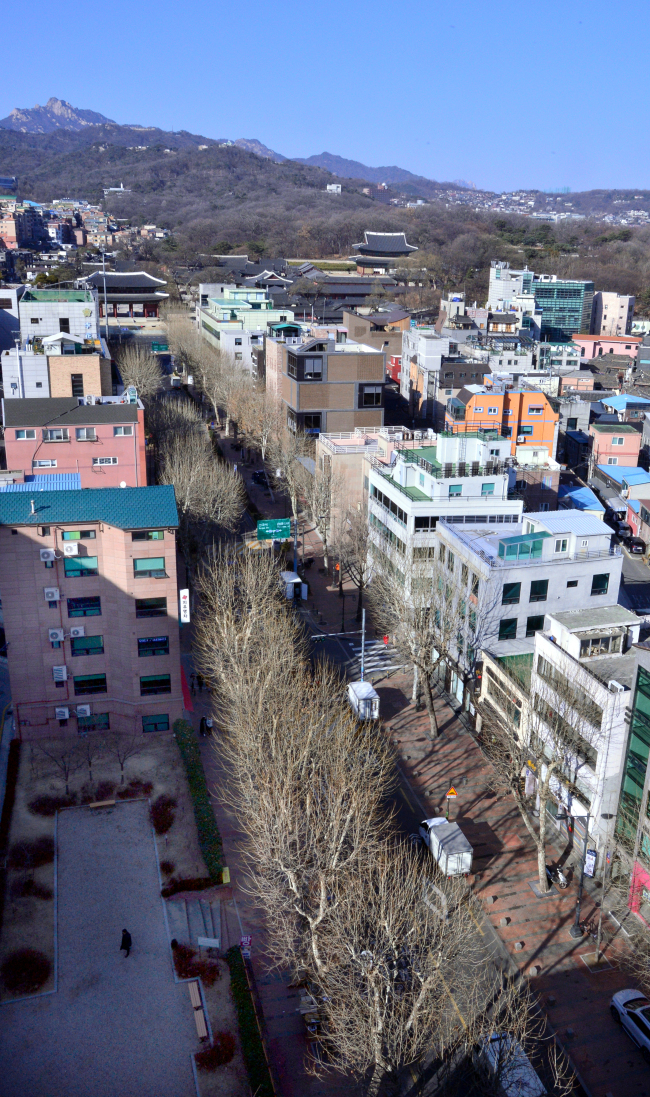 |
The 1-kilometer-long street Donhwamunro is often called “King’s Street,” as royalty used the road to connect with ordinary people outside the palace. (Park Hyun-koo/The Korea Herald) |
Today, the road preserves the mood of the past.
Also named “Road of Korean Traditional Music,” or “Gugak Road” in Korean, the street is dotted with many shops that specialize in traditional Korean musical instruments. Seoul Donhwamun Traditional Theater near the street stages performances with the instruments.
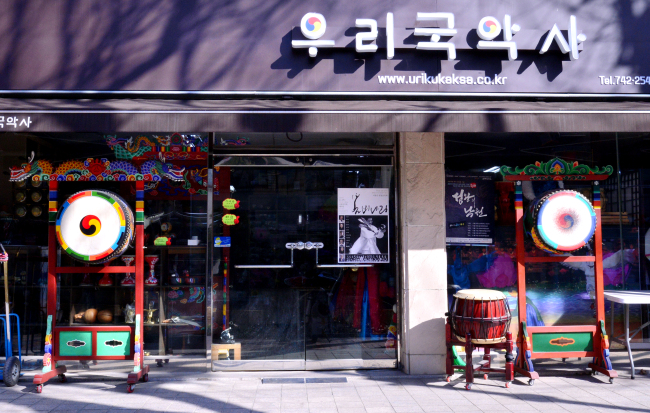 |
Korean traditional musical instruments can be found in many shops near Donhwamunro. (Park Hyun-koo/The Korea Herald) |
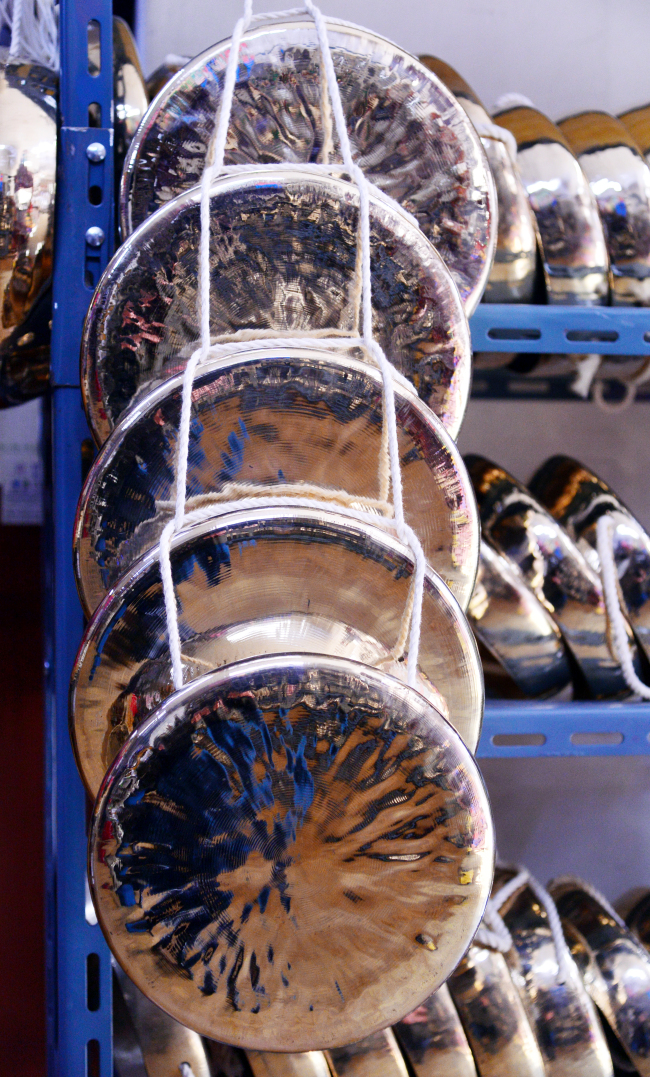


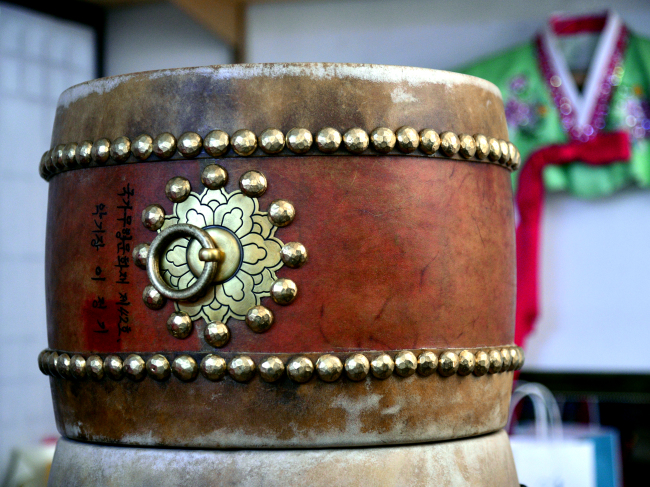
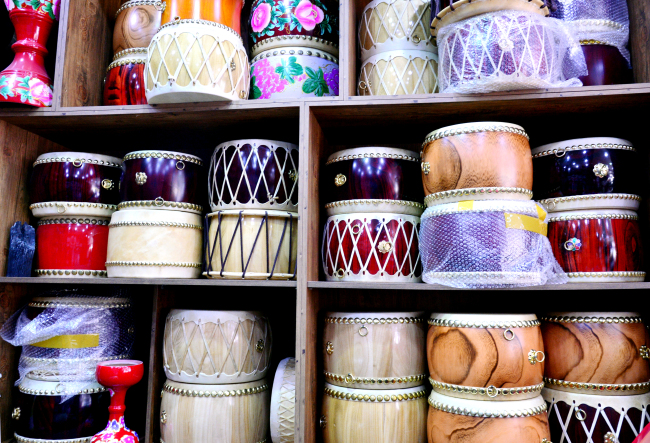

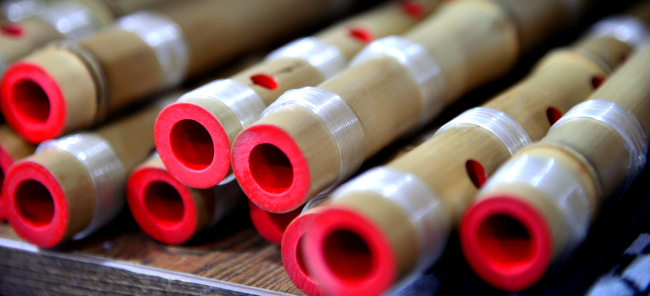
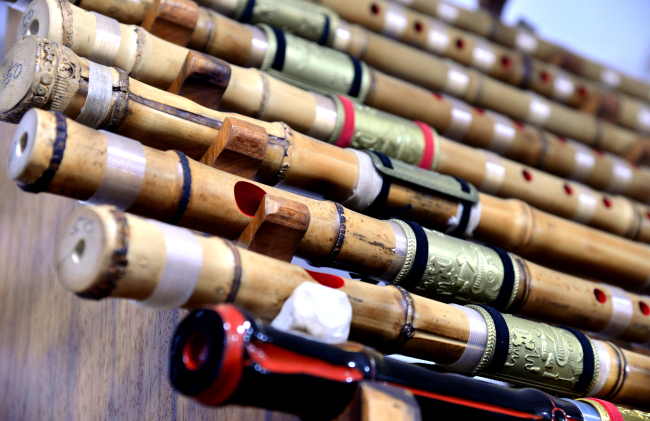
The shops lined along the street sell traditional musical instruments, crafts and hanbok. A rice cake museum located inside the Institute of Traditional Korea Food shows a variety of rice cakes and their recipes. People can also participate in rice cake-making classes here.
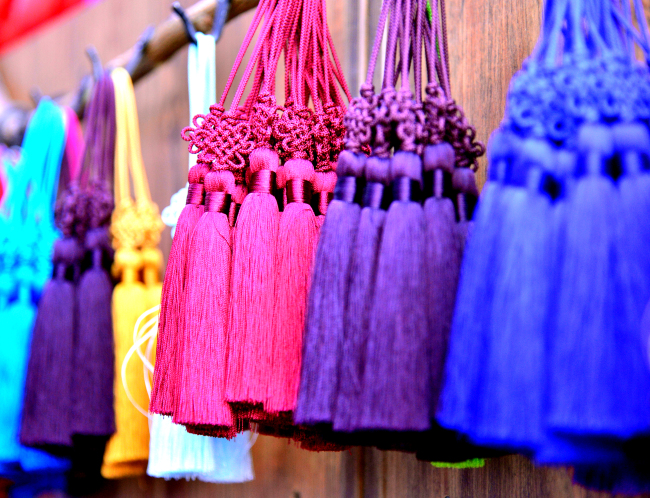 |
Shops near Donhwamunro sell traditional Korean crafts and clothing. (Park Hyun-koo/The Korea Herald) |
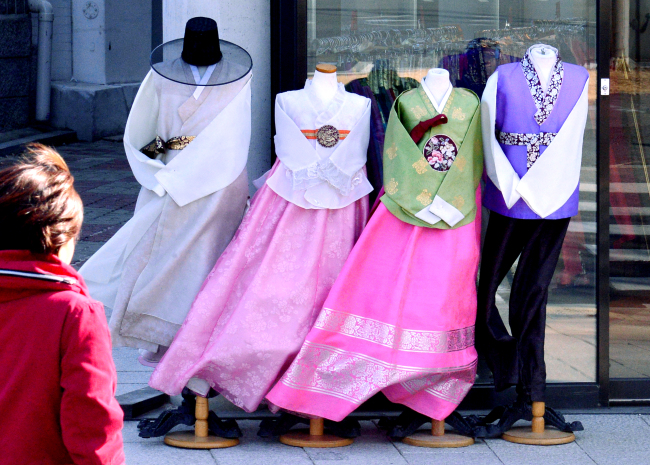

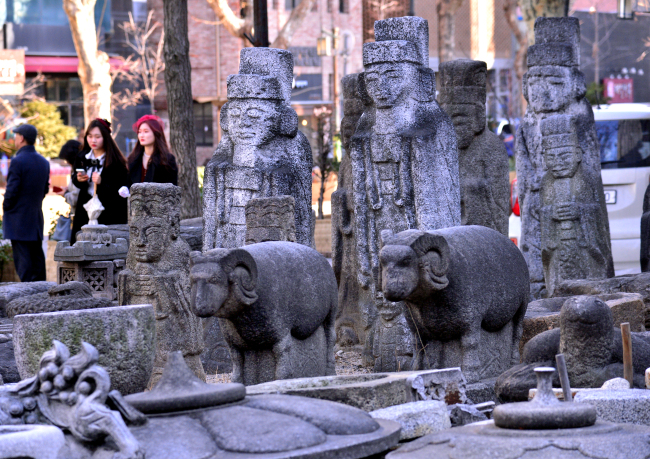
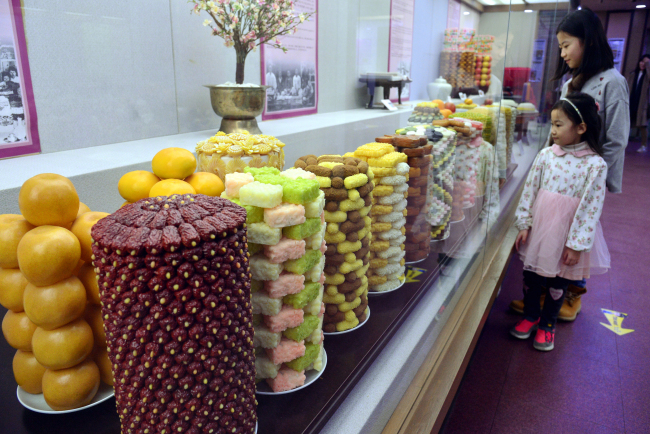 |
At the rice cake museum inside the Institute of Traditional Korea Food, visitors can view various kinds of rice cakes and participate in cooking classes. (Park Hyun-koo/The Korea Herald) |
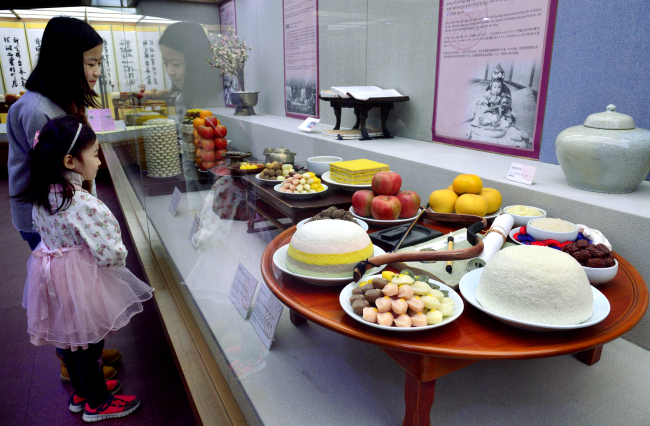
Visitors can immerse themselves in Korea’s traditional culture at nearby Ikseon-dong as well. A lower-income residential neighborhood just a few years ago, it has recently become one of the trendiest spots in Seoul, where fancy restaurants, cafes and shops are housed in hanok buildings.
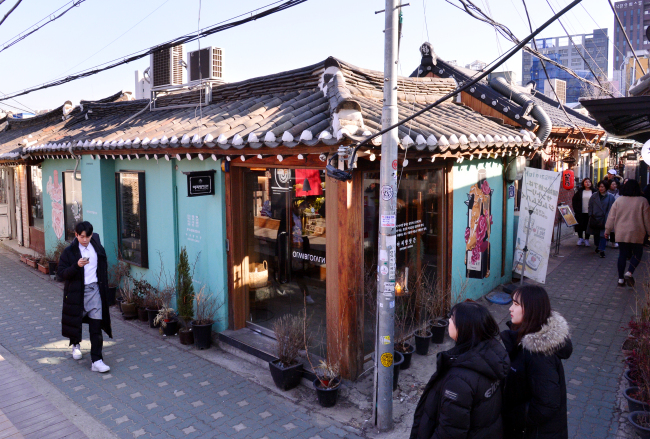 |
Ikseon-dong near Donhwamunro has many trendy restaurants, cafes and shops in traditional hanok buildings. (Park Hyun-koo/The Korea Herald) |
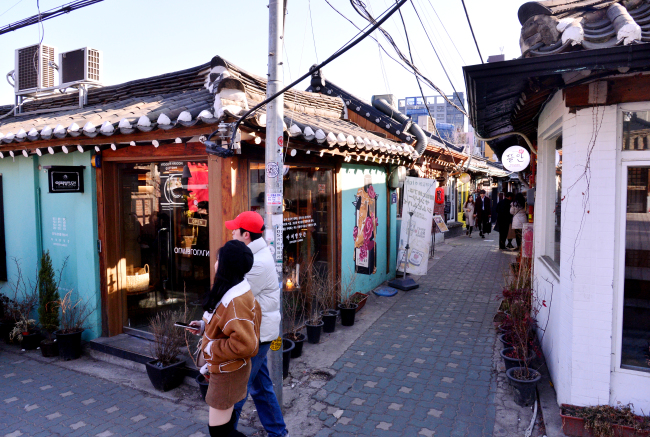
Photos by Park Hyun-koo
Written by Park Ju-young































